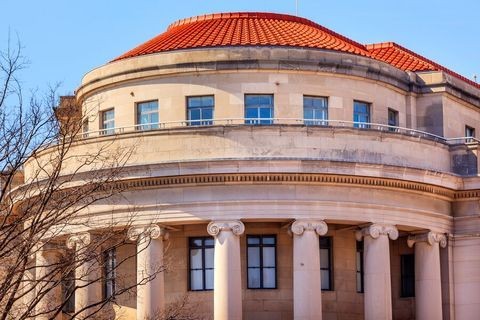Federal Circuit Feels the Beating of a Heart: CardioNet v. InfoBionic
Client Alert | 2 min read | 04.23.20
Last week, the U.S. Court of Appeals for the Federal Circuit held that a patent predicated on analyzing the “variability in the beat-to-beat timing” to differentiate between atrial fibrillation or atrial flutter and other common types of cardiac arrhythmia was directed to patent-eligible subject matter under 35 U.S.C. § 101. See CardioNet, LLC v. InfoBionic, Inc. Specifically, it held that claims of U.S. Patent No. 7,941,207 “are directed to a patent-eligible improvement to cardiac monitoring technology and are not directed to an abstract idea,” reversing the district court’s grant of a motion to dismiss for patent ineligibility.
Using the two-part test for patent eligibility set forth in Alice Corp. v. CLS Bank Int’l, 573 U.S. 208 (2014), the court determined that the claims at issue on appeal were directed to a patent-eligible concept and did not need to proceed to the second step of the test. These claims are directed to a device for detecting and reporting the presence of atrial fibrillation or flutter in a patient. The majority opinion indicated that “[w]hen read as a whole, and in light of the written description,” the claims are not directed to an abstract idea, but instead are directed to an improvement in cardiac monitoring technology. The majority explained that the claims were more than simply automating known techniques and, as described in the written description, advantageously achieved a “‘more accurate and clinically significant’ detection of atrial fibrillation and atrial flutter.”
Finally, the majority opinion concluded that step one of the Alice test could be resolved based on the intrinsic record, without remanding the case to assess the state of the art at the time of the invention to determine whether the claims of the ’207 patent are drawn to automating practice long used in the field.
Although Judge Dyk concurred with the majority’s conclusion that the claims of the ’207 patent have not been shown to be patent ineligible, he dissented with the majority’s reasoning regarding the use of extrinsic evidence to show that a claims are drawn to longstanding practices and argued that “limiting the use of extrinsic evidence to establish that a practice is longstanding would be inconsistent with authority.”
This decision represents important guidance from the Federal Circuit on the kind of claims directed to diagnostic tools that should survive an Alice challenge.
Contacts
Insights
Client Alert | 11 min read | 05.17.24
FTC Finalizes Modifications to Broaden the Applicability of the Health Breach Notification Rule
On April 26, 2024, the Federal Trade Commission (“FTC”) announced a final rule (“Final Rule”) modifying the Health Breach Notification Rule (“HBNR”). The Final Rule, which largely finalizes changes proposed in a Notice of Proposed Rulemaking published last year (“2023 NPRM”), broadens the scope of entities subject to the HBNR, including many mobile health applications (“apps”) and similar technologies, and clarifies that breaches subject to the HBNR include not only cybersecurity intrusions but also unauthorized disclosures, even those that are voluntary. The Final Rule will take effect 60 days after its publication in the Federal Register.
Client Alert | 5 min read | 05.16.24
CMS Finalizes Contested Rule on Nursing Home Staffing and Facility Assessments
Client Alert | 3 min read | 05.15.24
Client Alert | 3 min read | 05.14.24




